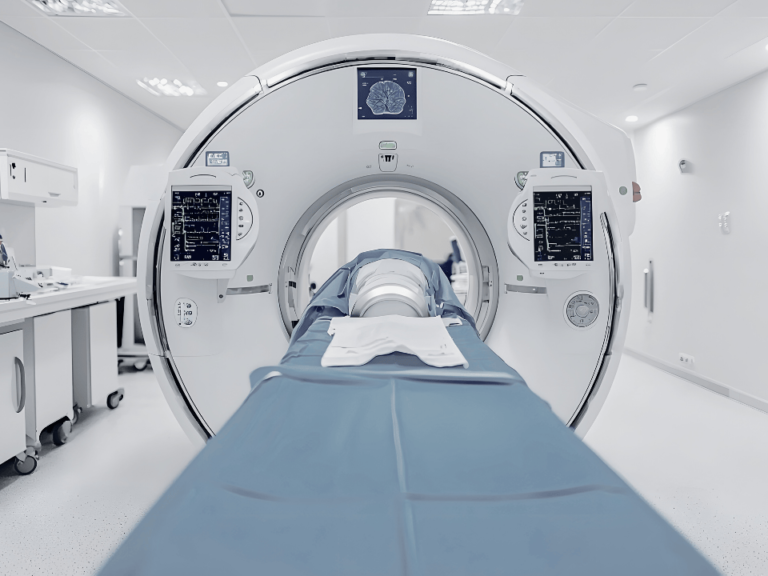Following physical activity guidelines from the U.S. Department of Health and Human Services can improve clinical outcomes for patients with high-risk breast cancer, according to a study published in the Journal of the National Cancer Institute.
Researchers at Roswell Park Comprehensive Cancer Center conducted the study, which was led by Rikki Cannioto, assistant professor of oncology in the Department of Cancer Prevention and Control at the Buffalo cancer center.
Among people with high-risk breast cancer, those who engaged in moderate-to-vigorous levels of physical activity before and after their diagnosis had a statistically significant reduction in their chance of cancer recurrence or death. The work is the first report to show that physical activity measured at time points before, during and after chemotherapy is associated with outcome in those with high-risk breast cancer.
The HHS’ Physical Activity Guidelines for Americans recommend that adults engage in at least 2.5 to 5 hours of moderate-intensity physical activity or 1.25 to 2.5 hours of vigorous-intensity aerobic physical activity per week.
Cannioto et al. surveyed 1,340 people with high-risk breast cancer who were enrolled in the Diet, Exercise, Lifestyles and Cancer Prognosis (DELCaP) Study to determine whether meeting those minimum levels of activity at four time periods before diagnosis, during treatment and after treatment was associated with disease recurrence and/or mortality.
“When considering activity from before diagnosis and after treatment, we found that patients meeting the minimum Guidelines at both time points experienced significantly reduced hazards of disease recurrence and mortality—55% and 68%, respectively,” Cannioto said in a statement.
Importantly, patients who did not meet the physical activity guidelines before diagnosis, but who reported meeting the guidelines at their two-year follow-up experienced a significant survival advantage of 46% decreased chance of recurrence and 43% decreased chance of mortality.
When combining physical activity data from all four time points before, during and after treatment, they found striking inverse associations between mortality and physical activity at all activity levels, demonstrating that patients who consistently engaged in lower volumes of regular, weekly physical activity experienced similar survival advantages as patients who met or exceeded the guidelines.
“Taken collectively, these findings have important implications in the clinical oncology setting, because they suggest that a cancer diagnosis may serve as an impetus for increasing physical activity in some patients, and among these patients, beginning an exercise program after treatment resulted in a survival advantage,” Cannioto said.
“These observations coincide with previous findings from our group showing that lower levels of regular, weekly activity were associated with a significant survival advantage—which is encouraging given that patients and survivors can be overwhelmed by the current physical activity Guidelines,” Cannioto said.










